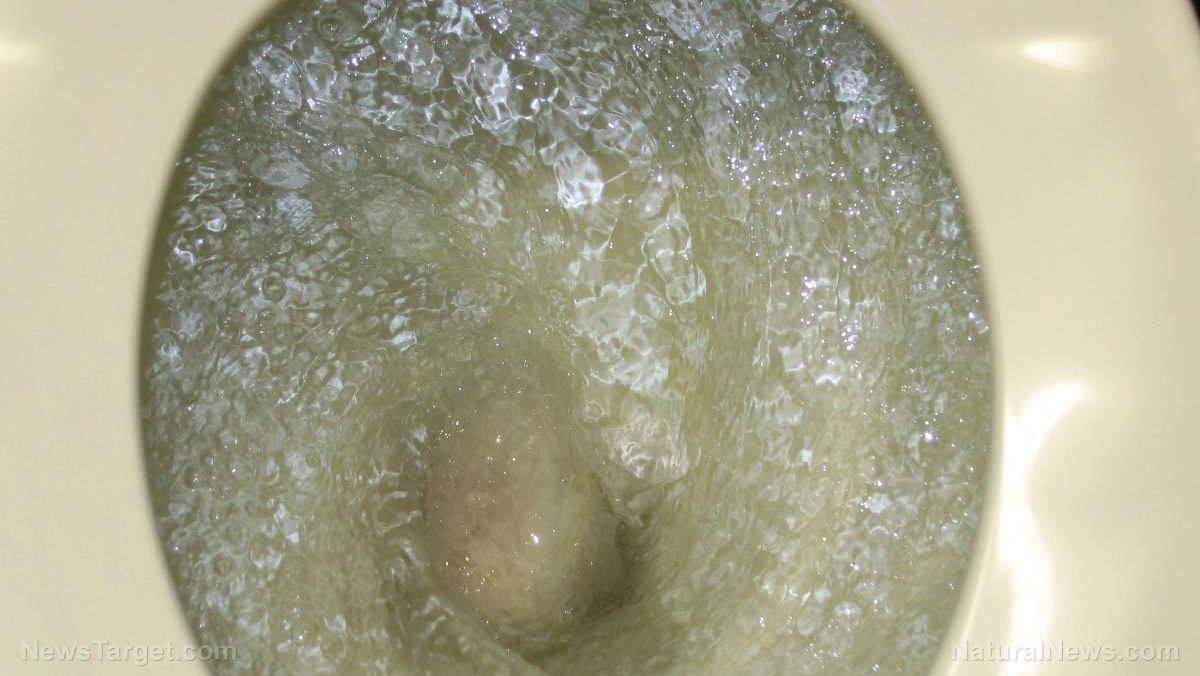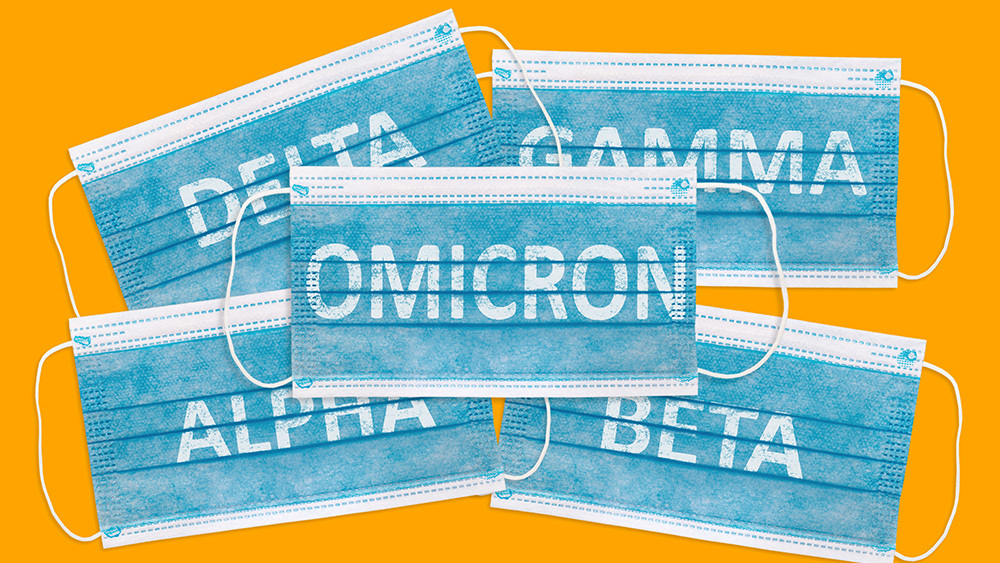Close the lid: New research shows how flushing a toilet can send coronavirus aerosols into the air
11/16/2020 / By Divina Ramirez

Here’s one more bathroom behavior you should pay attention to in order to prevent coronavirus transmission: flushing the toilet.
In a recent study commissioned by the U.K.-based toilet cleaner company Harpic, researchers used high-speed cameras to capture the explosion of aerosol particles sprayed into the air when a toilet is flushed with the lid up.
The striking images show a firework display of aerosol particles flung into the air. Just one flush of the toilet can produce thousands of aerosol particles, most of which may contain harmful, disease-causing viruses and bacteria. The images also show that some of the particles reach surfaces up to six feet away.
The firework-like images serve to bolster Harpic’s #CloseTheLid campaign, a growing movement that aims to encourage people to close the lid before flushing. The campaign and the images themselves are made more relevant by a recent study that showed coronavirus particles are still detectable in the stool samples of recovering patients even weeks after they had tested negative.
Flushing with the lid up could release coronavirus-containing particles into the air
Toilet bowl water can remain contaminated for several flushes after being exposed to harmful pathogens like the coronavirus, which can survive a trip through the human digestive tract and end up in the stool.
To highlight the risk of contracting the virus from contaminated toilet bowl water, Harpic used high-speed cameras to capture how germs — invisible to the naked eye — get sprayed out of the toilet bowl upon flushing. The resulting images show a cloud of potentially infectious particles bursting as high as three feet above the water level due to turbulence from the cascading water.
These images confirm the findings of an earlier study conducted by Chinese researchers. Their computer simulation of the same scenario showed that flushing produces a vortex that displaces air in the toilet bowl. The vortex then moves upward, pushing out up to 6,000 liquid droplets and even tinier aerosol particles.
More than half of Brits do not close the toilet lid
The study also included a survey of 2,000 adults in the United Kingdom. The survey revealed that more than half of the respondents, or 55 percent, do not close the lid before flushing. Interestingly, nearly three-quarters, or 72 percent, said that they were more conscious about hygiene than before the pandemic hit.
The top reasons respondents cited for not closing the lid before flushing include being unaware of the risks of not closing the lid (47 percent), feeling afraid to touch the lid (24 percent) and forgetting to close it (15 percent).
On the bright side, 95 percent of the respondents said they will close the lid before flushing now that they are aware of the risks.
“There has never been a more important time to take extra care around our homes,” said a research and development associate at Harpic. One way to do that is to close the lid before flushing.
It appears that people in the U.K. took that advice to heart and greatly ramped up their cleaning efforts in the bathroom. A survey found that cleaning the toilet, deep-cleaning the entire bathroom and mopping the floor are some of the top things that Brits have started doing more of over the last six months.
“We hope our new #CloseTheLid campaign helps inspire people to make simple changes to their cleaning routine that can have long-lasting benefits to the health of the nation,” said Harpic in a statement.
Aerosols as a potential carrier of the coronavirus
Aerosol refers to the suspension of fine solid particles or liquid droplets in the air. In some cases, these particles or droplets fall onto surfaces far from their source, especially if they are sprayed or flung forcefully. Aerosols can carry bacteria or viruses, depending on their source.
On the other hand, factors like temperature, humidity and the presence of ultraviolet light may affect a pathogen’s survivability in the air and the odds of it successfully infecting a person. (Related: Top 5 Ways to HEIGHTEN your chances of catching Covid-19.)
Aside from fever, sore throat and breathing difficulties, diarrhea is another common symptom in many COVID-19 patients. An earlier study found that the coronavirus is hardy and can survive the long trip through the intestines. It can even be detected in the stools of infected individuals more than a month after their symptoms disappear.
Therefore, should a COVID-19 patient or someone who has just recovered from it flush the toilet without putting the lid down, the next person to go in the stall after them could catch the coronavirus from aerosols still lingering in the air or from aerosol-contaminated surfaces.
Fortunately, by exposing other ways through which the coronavirus is transmitted, studies like Harpic’s could encourage people to be more aware of their surroundings and practice better personal hygiene.
Read the latest news on the coronavirus and the ongoing pandemic at Pandemic.news.
Sources include:
Submit a correction >>
Tagged Under:
aerosol, airborne particles, coronavirus, covid-19, COVID-19 transmission, hygiene, infectious disease, outbreak, pandemic, Public Health, research, superbugs, toilet flushing, viral infections
This article may contain statements that reflect the opinion of the author
RECENT NEWS & ARTICLES
COPYRIGHT © 2017 OUTBREAK NEWS





















